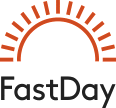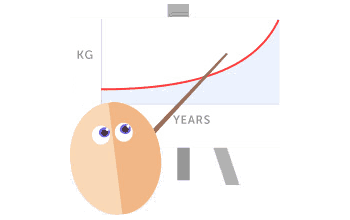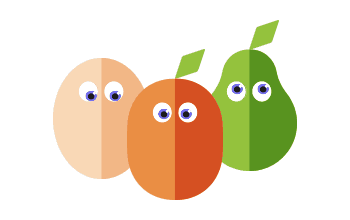PhilT wrote: Are we not falling at the first fence by picking off two groups - upper and lower quartile - when Kruskal-Wallis (which I am just reading about) seems to like you to have a random selection of subjects from the population ?
Ack, sorry, my bad. Mixed up explanatory and outcome variables. KW is for continuous explanatory variables and more than 2 groups that constitute the outcome variable (e.g. slow, average, and fast losers).
PhilT wrote: "80% of the biggest loser group didn't count calories on feed days, compared to 30% of the smallest losers. Statistically significant"
That would be crosstables and Pearson's chi square test for independence. Seemingly it also works with more than 2 categories in either variable. However, use increasing categories wisely, as you lose statistical power. You need at least n=5 expected values in at least 80% of the cross table cells. (If not, Fisher's exact may be an alternative)
PhilT wrote: whereas if we wanted to correlate weight loss against say height we'll have two results as we have two groups. We might then find that weight loss is related to height in the biggest losers but not relevant in the smallest losers"
Correlations, Pearson's in normally distributed, Spearman's if skewed. Scatterplots help to see patterns.
Nevertheless, this amounts to looking at one variable at a time, not combining factors.
Also, if you test a lot of hypotheses, you're bound to "find" some statistically significant associations that may be accidental.






